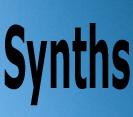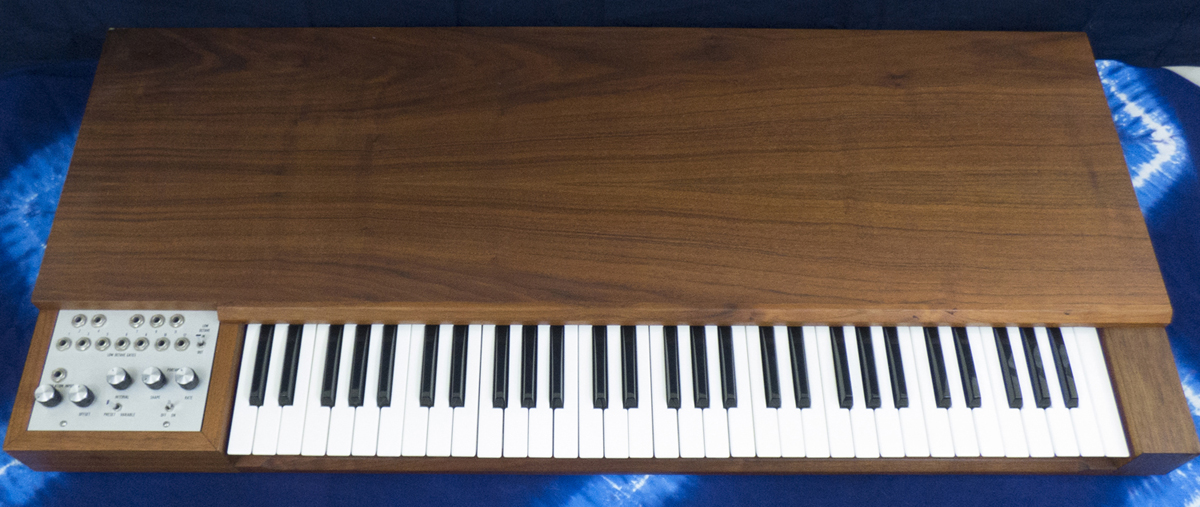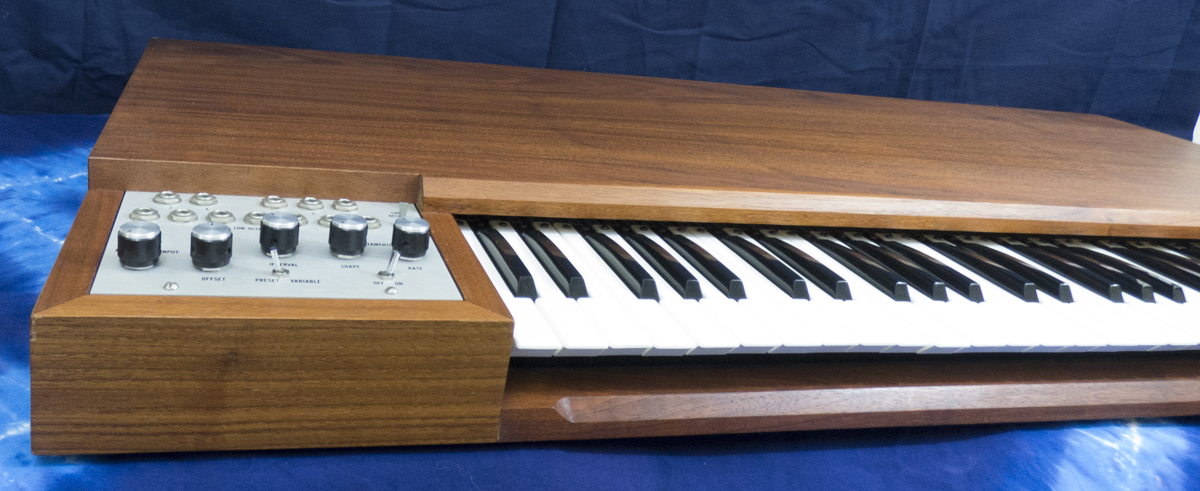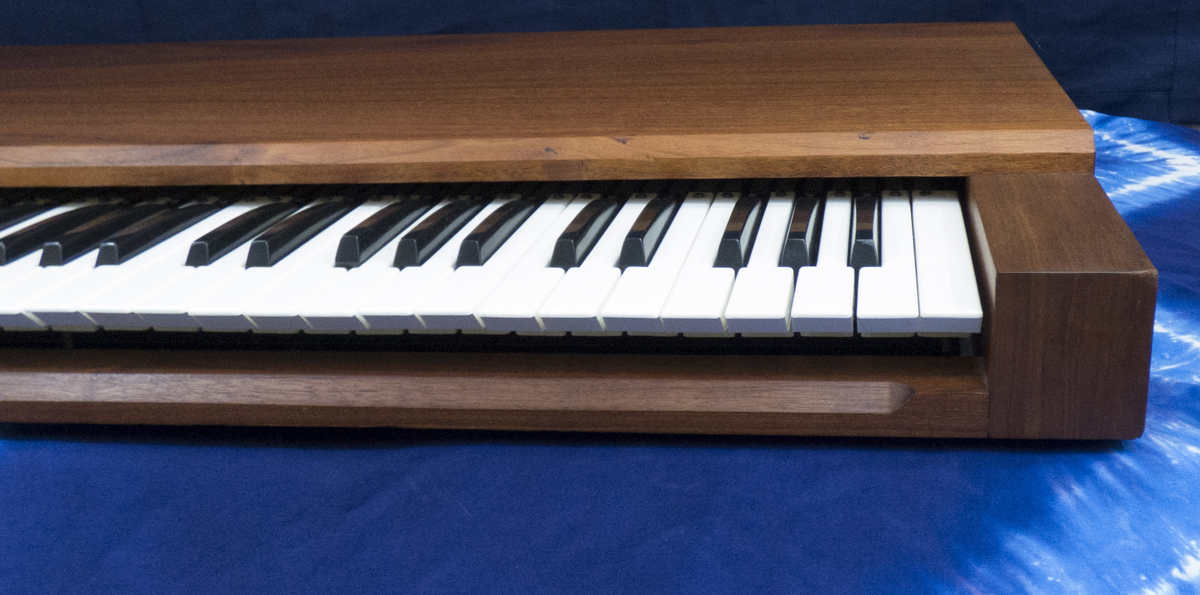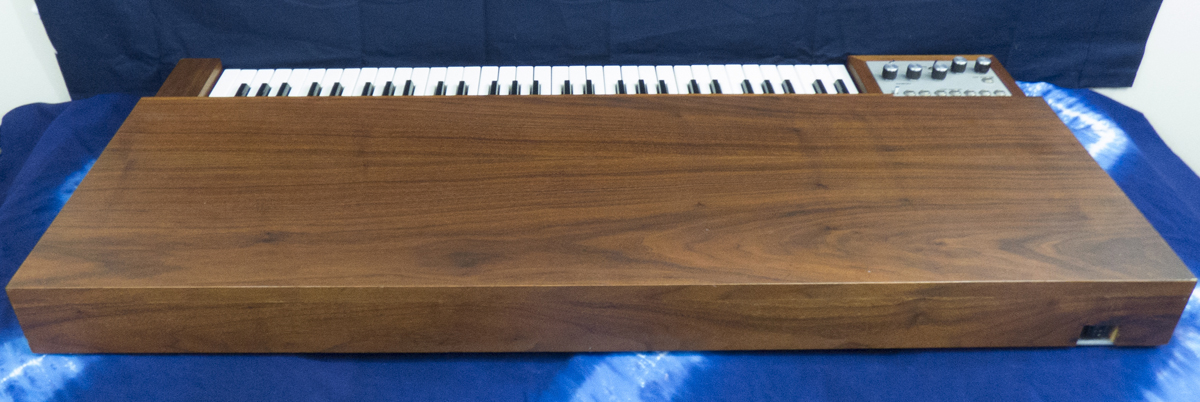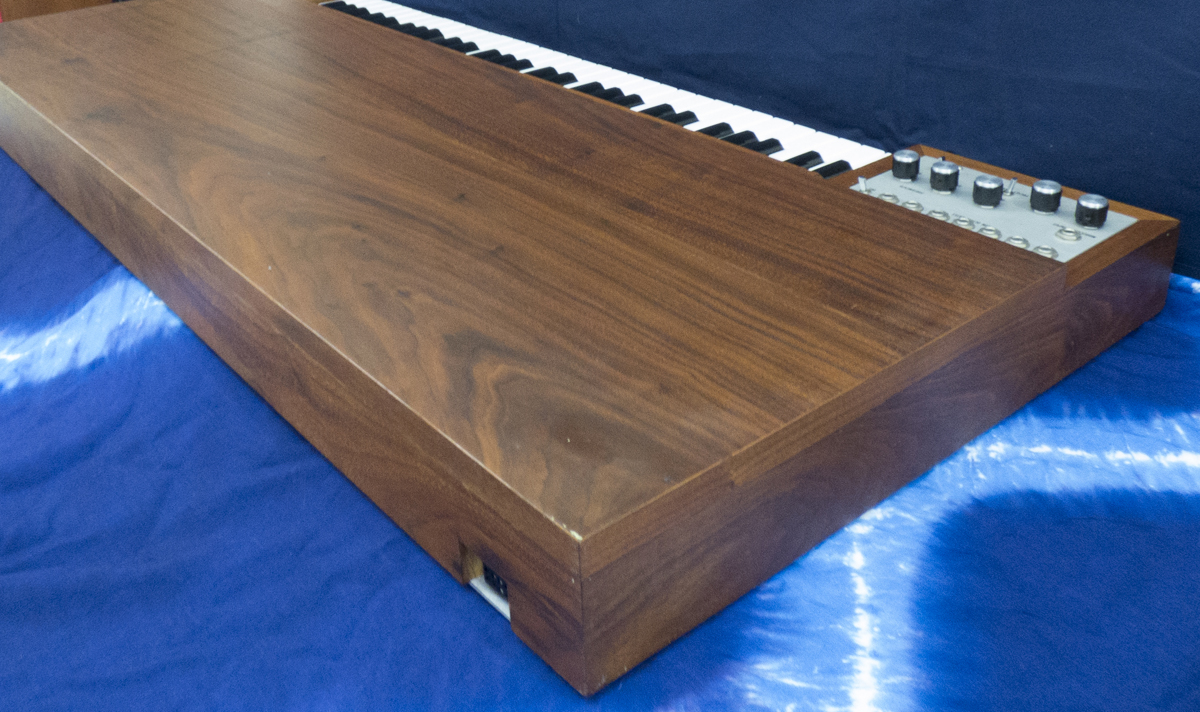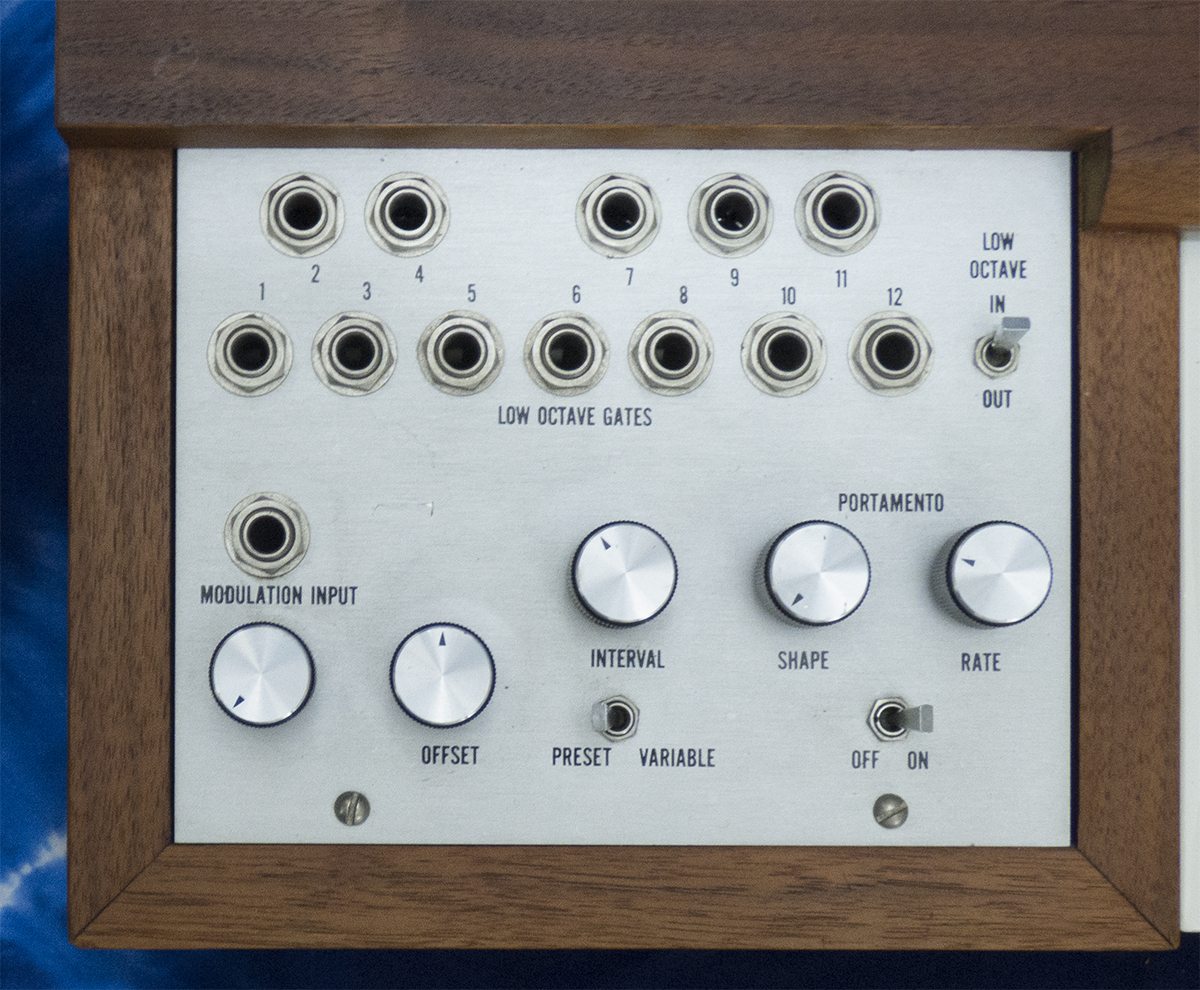E-mu Systems Modular Synthesizer Keyboard
Click on a section above to go to a specific area about the E-MU Modular.------------------------------------------------------------------------------------------------------This E-mu Modular System was used on the following songsfrom the Open Your Head Release by Silicon BreakdownAwake And Dreaming.mp3 (14.7MB)
Open Your Head.mp3 (14.1MB)
------------------------------------------------------------------------------------------------------ |
||||||||||||||||||||
This page shows close up photos of The E-mu Modular keyboard. It is in remarkable shape for being 37 years oldEµ 4000 SERIES - MONOPHONIC KEYBOARDSThe Eµ 4000 series keyboards represent a major advance in synthesizer technology. Unreliable spring-type contacts have been replaced by J-wires, and finiky analog circuits have been superceded by a stable digital design. The result is an accurate voice output, timing signals that give attacks at the right times, and the addition of several new features. The voice output is a voltage proportional to the lowest key pressed, or the last key to be depressed when all are released. It is totally drift-free, and accurate to 1/24 semitone. The constant of proportionality (interval) is linearly variable from zero to over two volts per octave, and can be instantly preset to lV/octave. The gate output is high whenever any key is depressed. The trigger output, a 100 ~sec pulse which initiates new attacks on transient generators, fires whenever the gate rises, or when the voice changes notes. Internal circuitry totally eliminates the effects of contact bounce on all outputs. The portamento circuit produces a glide between notes, whose shape is variable from linear (control fully counterclockwise) to exponential. The rate control varies the initial glide slope from lV/10 msec to lV/sec. With the portamento switch off, the slew rate is in excess of a volt per microsecond. The low octave gates are a set of twelve signals, each of which is high when the corresponding key in the low octave is depressed, and low when it is released. The low octave may be switched off so these gates can be used without affecting the voice or timing signals. The offset control adds or subtracts 0.2 volts (about 2 semitones) from the control voltage output of the keyboard. A voltage applied to the modulation input is added to the keyboard output voltage before processing by the portamento circuit. The gain is determined by the attenuator below the input, and can be varied from zero to O.lV/V. |
||||||||||||||||||||
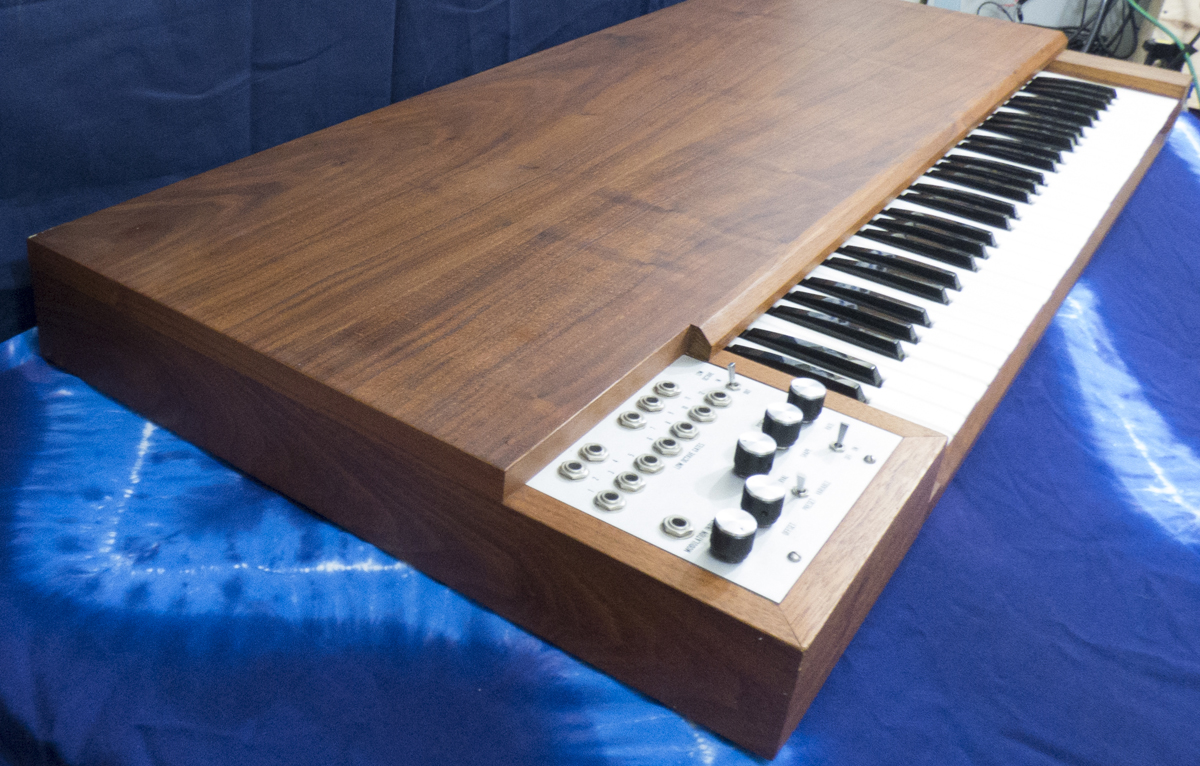 |
||||||||||||||||||||
The Walnut keyboard is also in great shape. |
||||||||||||||||||||
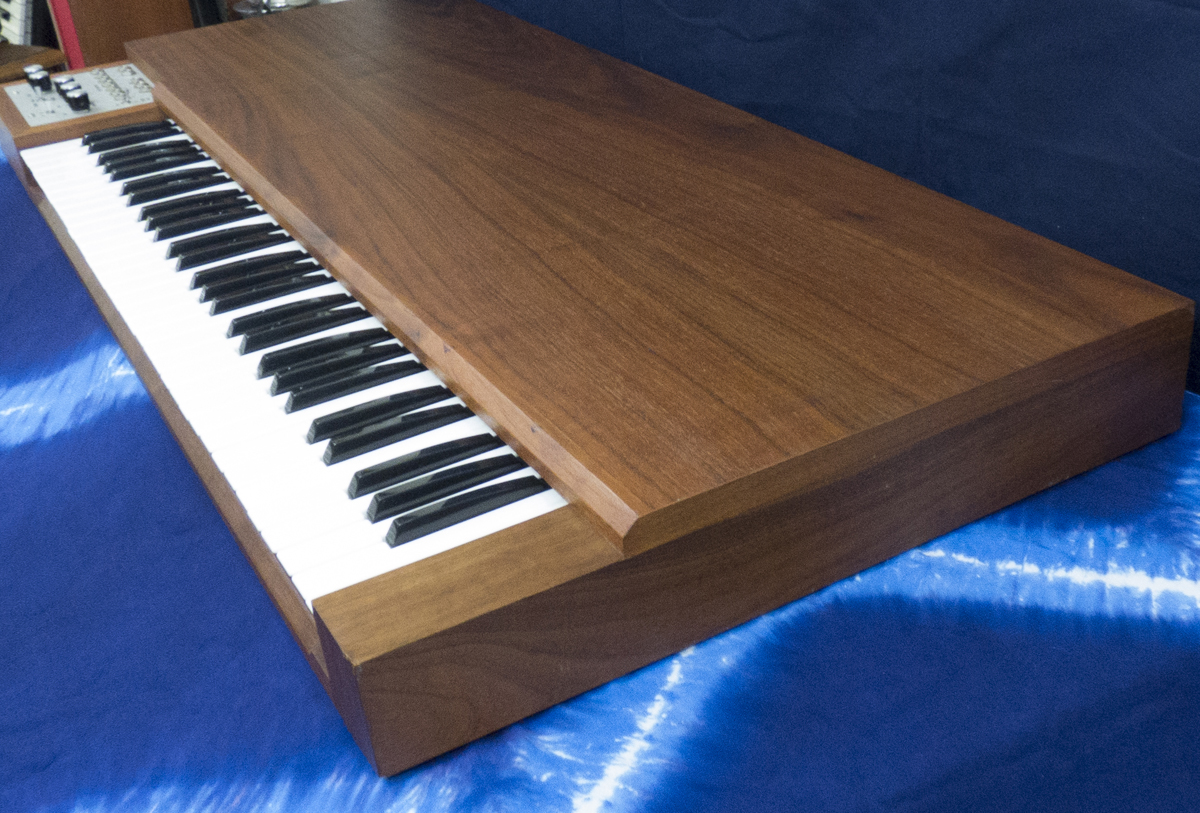 |
||||||||||||||||||||
|
||||||||||||||||||||
Close up showing front |
||||||||||||||||||||
|
||||||||||||||||||||
|
||||||||||||||||||||
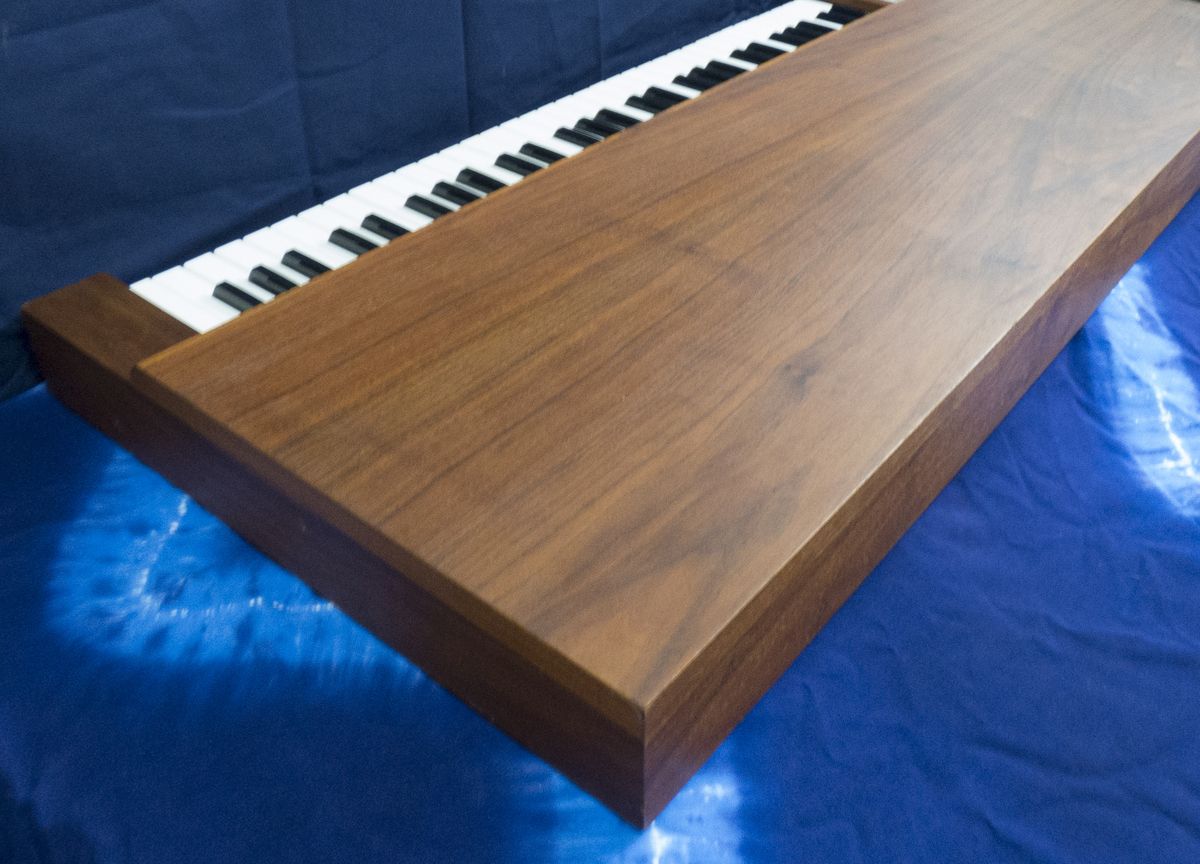 |
||||||||||||||||||||
|
||||||||||||||||||||
There is a little scuff mark on the left corner on the back of the keyboard.The main unit sits on the keyboard so this will be hidden. |
||||||||||||||||||||
|
||||||||||||||||||||
Keyboard Control Panel InformationThe portamento circuit produces a glide between notes, whose shape is variable from linear (control fully counterclockwise) to exponential. The rate control varies the initial glide slope from lV/10 msec to lV/sec. With the portamento switch off, the slew rate is in excess of a volt per microsecond.The low octave gates are a set of twelve signals, each of which is high when the corresponding key in the low octave is depressed, and low when it is released. The low octave may be switched off so these gates can be used without affecting the voice or timing signals.The offset control adds or subtracts 0.2 volts (about 2 semitones) from the control voltage output of the keyboard.A voltage applied to the modulation input is added to the keyboard output voltage before processing by the portamento circuit. The gain is determined by the attenuator below the input, and can be varied from zero to O.lV/V.Additional Note: The offset control should be set to the 12:00 position for normal tuning. Once the oscillators are tuned then use the offset control to tune the keyboard exactly. |
||||||||||||||||||||
Back to E-mu Modular 2017 Main Page |
Silicon Breakdown has been a source of free information and pictures for analog synthesizers since 1999
The Music side of this site contains the sounds of Silicon Breakdown and various other musical adventures. MUSIC HERE
The Synth side showcases beautiful instruments from the past. ANALOG SYNTHESIZER INFO HERE
send comments to james AT siliconbreakdown.com (replace AT with @)
